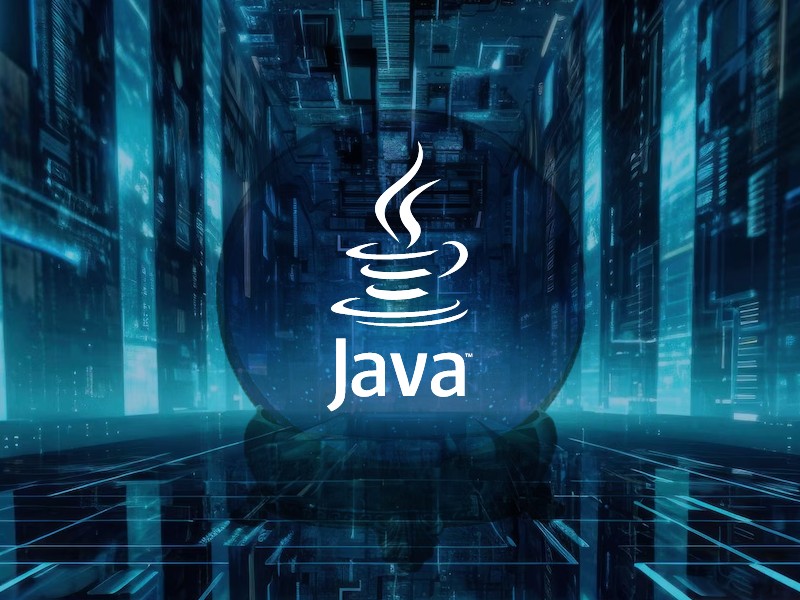Embarking on your journey as a Java programmer is an exciting endeavor. Java is a versatile and widely used programming language, making it an excellent choice for beginners. In this step-by-step guide, we’ll walk you through the fundamentals and set you on the path to mastering Java programming.
The World of Java Programming for Beginners
Java, renowned for its simplicity and power, is an ideal starting point for anyone new to the world of programming.
- Java’s Approachability:
Java’s design philosophy prioritizes readability and simplicity, making it accessible to newcomers. Its syntax is clear and relatively easy to understand, helping beginners grasp fundamental programming principles. - Platform Independence:
One of Java’s most appealing features is platform independence. It can run on various operating systems, ensuring that the code you write on one system is compatible with others, which is advantageous for projects involving different platforms. - Wide Applicability:
Java is a versatile language used in web development, mobile app creation (especially for Android), enterprise applications, and more. Learning Java opens doors to diverse programming opportunities. - Rich Community Support:
The Java community is vast, supportive, and well-documented. You’ll find ample resources, tutorials, and forums to assist you in your learning journey.
Preparing Your Development Environment
Before diving into Java programming, it’s crucial to set up your development environment. This ensures that you have the necessary tools to write, compile, and run Java code. Let’s walk through the essential steps for beginners:
- Install the Java Development Kit (JDK): The JDK includes the Java compiler (javac) and the Java Virtual Machine (JVM), which is required to run Java applications. You can download the JDK from Oracle or OpenJDK, following platform-specific installation instructions.
- Select an Integrated Development Environment (IDE): While you can write Java code using a simple text editor, an IDE streamlines the development process. Popular options for beginners include Eclipse, IntelliJ IDEA, and NetBeans. Install the IDE of your choice and then configure it for Java development.
- Create Your First Java Project: Once your IDE is set up, create a new Java project. This will be the workspace where you write, organize, and run your code. Your IDE will guide you through this process.
- Write “Hello, World!”: The first program in any programming language is to display “Hello, World!” on the screen. Write this simple code to ensure your development environment is functioning correctly.
Understanding Data Types and Variables
Now that you’ve taken your first steps in Java programming, let’s explore the fundamental concepts of data types and variables. These form the basis for working with data in Java and understanding them is crucial for writing useful and meaningful programs.
- Data Types: Java supports various data types, categorized into two main groups: primitive data types (e.g., int, double, char) and reference data types (e.g., objects). Primitive data types represent simple values, while reference data types refer to objects or instances. Knowing which data type to use is essential for efficient data management.
- Declaring Variables: Variables serve as containers for storing data. To declare a variable, you specify its data type and name, such as `int age;` or `String name;`. These declarations allocate memory for the variable.
- Initializing Variables: Variables should be initialized with a value before use. For example, `int age = 25;` sets the value of the `age` variable to 25. This step is critical to avoid unpredictable behavior in your programs.
- Variable Naming Conventions: Java has naming conventions for variables. Variable names should be descriptive, and meaningful, and follow a specific naming convention, such as camelCase.
- Data Type Conversions: Java provides ways to convert data from one type to another, allowing you to work with different data types in a single program. For example, you can convert an `int` to a `double` when necessary.
Control Structures: Making Decisions and Loops
Java programming goes beyond merely storing and manipulating data; it’s about creating intelligent and responsive applications. This section delves into control structures, which allow your programs to make decisions and repeat tasks efficiently.
- Decision-Making with if-else Statements:
Java provides conditional statements like if and if-else to make decisions in your code. If the specified condition is true, the associated block of code is executed. If false, the code inside the else block is executed. This allows your program to adapt to different scenarios and user inputs. - Switch Statements:
For situations with multiple conditions, Java offers switch statements. This construct simplifies complex decision-making by comparing an expression’s value to various case values and executing the corresponding block of code. - Loops: Repeating Tasks Efficiently:
Loops are essential for automating repetitive tasks. Java supports various loop constructs, including loops, while loops, and do-while loops. These structures allow you to repeat code blocks until a specific condition is met. Loops are instrumental in processing data, implementing game logic, and more.
Conclusion
As you conclude this comprehensive guide to Java programming for beginners, you’ve embarked on a journey that holds endless potential. The Java language, renowned for its versatility and widespread use, opens the doors to a variety of exciting career opportunities and creative projects. By mastering the foundational concepts, from understanding data types and variables to embracing Object-Oriented Programming, you’ve acquired the essential knowledge required to excel as a Java programmer. You’ve navigated through decision-making structures and loops, making your programs responsive and efficient. Now, as you stand at the threshold of your Java programming journey, the path to proficiency beckons. Advanced topics, Java libraries, and continued learning will expand your skill set, allowing you to tackle more complex real-world applications. Whether you’re aiming to build web applications, develop mobile apps, or architect enterprise solutions, the future is bright for those who embark on this journey. Keep in mind that Java offers numerous learning resources, including the opportunity to explore a Java Training Course in Gurgaon, Greater Noida, Kanpur, Surat, Raipur, Guwahati, Kochi, Bangalore, Goa, etc. provided by many IT institutes by ensuring you remain on the cutting edge of this ever-evolving and dynamic field. The journey doesn’t end here; it’s a stepping stone toward an exciting and fulfilling career in Java programming.





